EXCLUSIVE. The world’s first black blues recording.
UPDATED: JULY 11th 2018
Is this a world exclusive?
Well, I’d never seen it mentioned when I first wrote this five years ago. And I haven’t seen it mentioned since.
BluesMuse46. Nearly 103 years ago, a song was recorded that many blues and jazz traditionalists rate as their genres’ greatest of all time. It was Christmas 1915, and the song was St. Louis Blues, written and published a year earlier by that great African-American bandleader, William Christopher Handy. The track was first recorded in two takes in a New York studio, by the all-white Columbia Records house band, led by their patrician bandleader, Charles Adams Prince, a direct descendant of two U.S. Presidents.
What is incredulous is that all American blues recordings, up to 1920, were by white singers and orchestras. St. Louis Blues’ composer, W. C. Handy, incidentally, also wrote the very first blues ever recorded, The Memphis Blues, which had three different versions cut in 1914. (See my archive of 11 December 2013 – but this was so long ago, it hasn’t been re-formatted for this site as yet.)
Now, I feel that I’m on the verge of a massive blues scoop here, because it has long been written that the first black artist ever recorded singing or playing the blues was the American burlesque singer, MamieSmith.
This was in August 1920 when Mamie was persuaded to cut Crazy Blues while standing in for the white singing star, Sophie Tucker.
(Some of us, believe it or not, remember watching Sophie performing live on TV. I must add, too, I wasn’t too impressed with the way she simply hollered out her songs.)
But now, staring me in the face, is the fact that the first version of St. Louis Blues with vocals was recorded in London, between August and October 1916.
It was made by a band unfortunately called the Ciro’s Club Coon Orchestra, a group of black American musicians working in England.
Please forgive the tastelessness of the band’s name but I would rather report things as they were rather than airbrush them from history.
Coon songs were highly popular in the USA during the 1880s and 1890s but, by 1916, had thankfully fallen out of fashion in America, due to the fact that people
were beginning to realise how insulting a moniker the genre fell under. As a result, coon shouters like Sophie Tucker were then becoming known in America as
blues shouters instead. Britain, obviously, was a bit behind the times when it came to the evolution of musical genres.
So, who was Ciro’s Club Coon Orchestra and what were they doing in England during the First World War? First up, Ciro’s was a swanky nightclub located in Orange Street, just off the Charing Cross Road in London’s exclusive West End. Decorated in Louis XIV style, with a sliding roof and a dance floor on springs, it was the place in London for bright young things and high society to be seen.
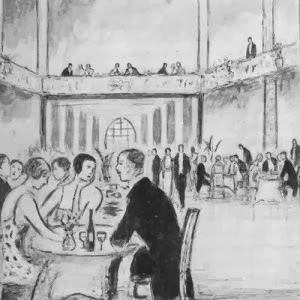 |
| A 1920s sketch of Ciro’s interior |
The Ciro’s Club’s house band was led by a Jamaican pianist called Dan Kildare, born in Kingston in 1879. By his early twenties, Dan was doing well for himself in New York until NY Musician Union issues and racial politics encouraged him to sail to Liverpool, England, in 1915. Kildare took with him a number of African-American musicians from New York’s famous Clef Club (a social club and booking agency) and they secured themselves a year’s contract at the Ciro’s Club, not far from the intersection of Oxford Street and Tottenham Court Road in London W1.
Under the name of Ciro’s Club Coon Orchestra, Dan Kildare’s band cut a series of records in August and October 1916 for the Columbia label in the UK including several novelties, a handful of Hawaiian numbers and the first version of St. Louis Blues ever recorded with vocals. (Coincidentally, some 55 years later, I’d find myself working for the same organisation – CBS Records, then in Theobald’s Road, London
As the gossip columnist for the UK’s upmarket Tatler magazine of September 1916 wrote:
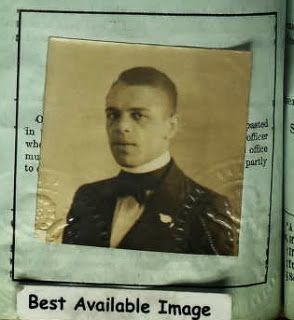 |
| Dan Kildare. His was the first black band to record blues. |
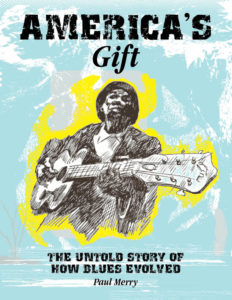
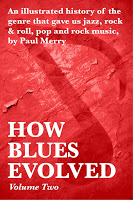
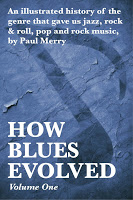 In the UK, get your FREE How Blues Evolved Volume One and Two previews on this link below:
In the UK, get your FREE How Blues Evolved Volume One and Two previews on this link below:http://www.amazon.co.uk/s/ref=nb_sb_noss?url=search-alias%3Ddigital-text&field-keywords=how+blues+evolved+volume+one
“Interesting and a very good read. #blues #blogs.”
PhillyCheeze Reviews @phillycheeze, Cedar Rapids, IA, USA. May 23, 2015.
“The main instrument sounds like a banjoline; a mandolin with a banjo body. It recorded very well with the primitive equipment.”
Al (@Resoguitar), December 26, 2013.
“I’m enjoying your blog. Entertaining and informative.”
SassySalassi (@dinkydo1), Southern state, USA, December 21, 2013.
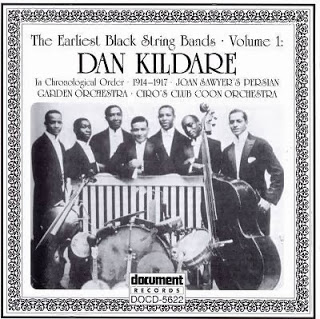

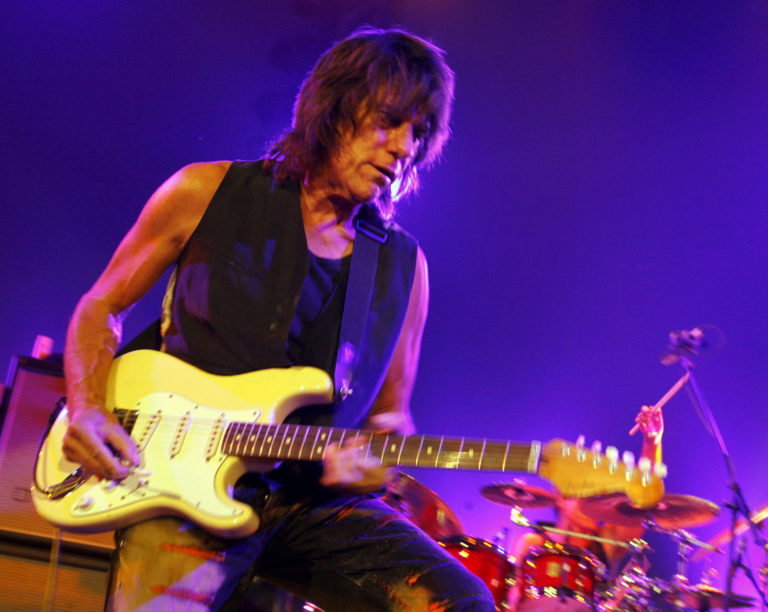


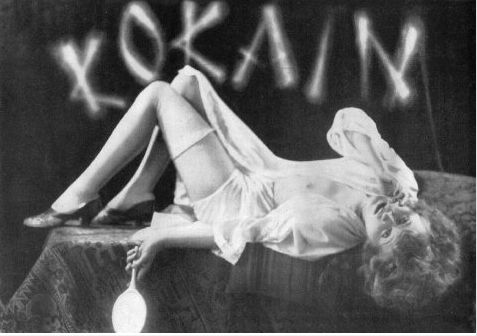
“You might find it incredulous to find that all American blues recordings up to 1920 were made by white singers and orchestras, but those are the facts.” No. Wilbur Sweatman, W.C. Handy, and Ford Dabney recorded blues before 1920, for instance.
Quite right, Joseph. I don’t know orchestras crept in there. I should have written that all American vocal blues recordings were made by white singers and orchestras. W.C. Handy and co recorded instrumentals.